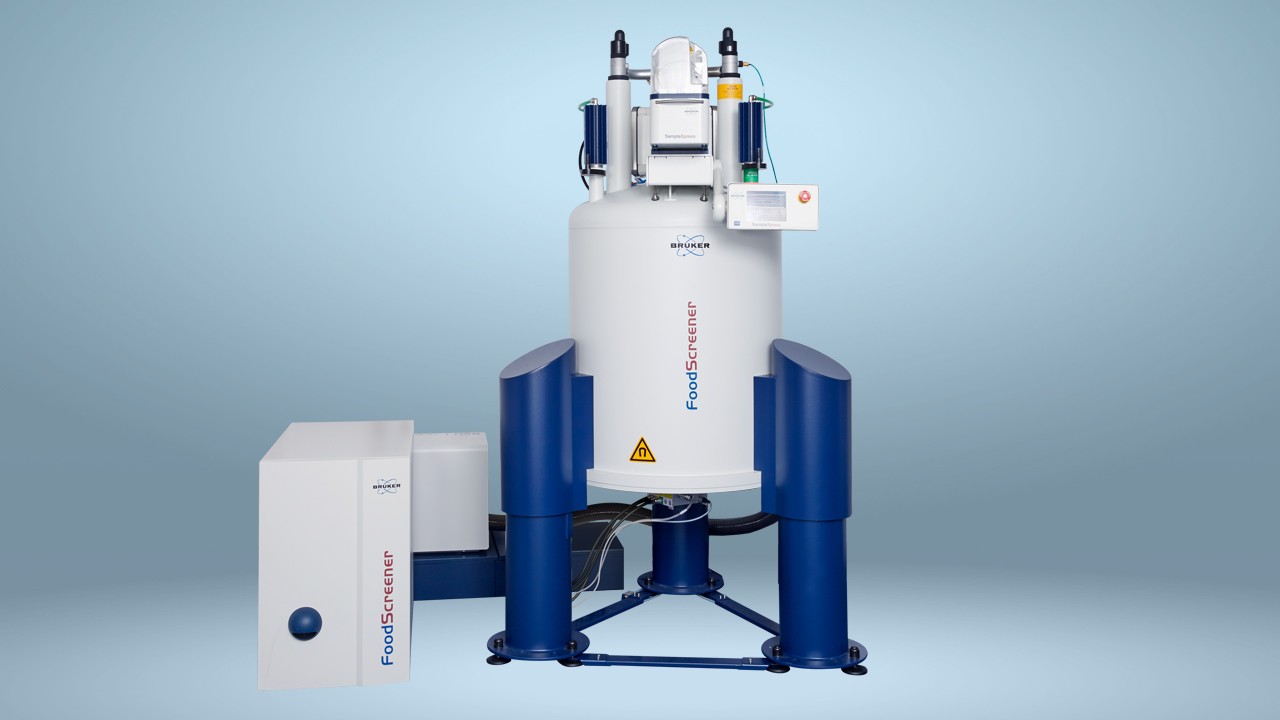

NMR Can Distinguish Between Tomatoes Based on Geographic Origin
Nutrition research has confirmed several different nutritional compounds in tomatoes, including a variety of antioxidants and macro- and micronutrients. Specifically, tomatoes are high in carotenoids, tocopherols, unsaturated fatty acids, and phytosterols. These nutrients, all of which play a role in human health, may vary in composition based upon growing conditions associated with agricultural practices and changes in climate.
New Study Characterizes Geographic Variation in Cherry Tomatoes Using NMR
Nuclear magnetic resonance (NMR) spectroscopy and chemometrics studies are frequently used for food science research to characterize different foods. This research can also characterize and distinguish foods based on where they were cultivated. Additionally, these techniques can also identify specific nutrients in foods. In a new spectroscopy study, Italian researchers used an NMR and chemometrics combined analysis to geographically characterize greenhouse cv Shiren cherry tomatoes. These tomatoes were grown in both Pachino (Sicily) and Sabaudia (Latium) in the summer of 2004 and 2005.
The investigators of this study obtained climatic data of these regions during these 2 time periods from an Italian weather station. There were 69 cherry tomatoes chosen for the magnetic resonance imaging (MRI) spectroscopy analysis. In addition, the researchers took a sample of a bunch of 9 to 12 tomatoes and lyophilized the fruits with the seeds, pulp, and skins. Around 2 grams of the sample was dissolved in a CHCl3 solution. Then, the investigators employed 1H NMR to compare the lipophilic profile of the Pachino and Sabaudia samples.
The Bruker AVANCE 400 MHz and 300 MHz spectrometers were used for the 1H NMR and MRI measurement analyses, respectively. Each of these platforms contains a 5-mm broadband probe head operating at room temperature and are equipped with a magnet that is a 9.4T superconducting solenoid operating at a nominal 300 or 400 MHz proton frequency.
Sabaudia tomato samples appeared to be impacted by the harvesting period, according to the NMR analysis. A total of 55 out of 81 areas were significant to differentiate the 2 harvesting periods. In 2005, the most abundant nutrients included lycopene, linoleic, and linolenic acids, whereas phospholipids and aroma-linked compounds were higher in the year of 2004 compared with 2005.
In the principal component analysis (PCA) based on the Mann-Whitney test, a total of 42 of 81 areas were relevant. The Pachino tomatoes had fewer Phospholipids compared with the Sabaudia tomatoes, according to the PCA and partial least‐squares discriminant analysis. Comparatively, the Sabaudia tomatoes had more polyunsaturated acids compared with the Pachino tomatoes. Lycopene, phytoene, and phytofluene, among other carotenoids, generated discriminating metabolites and were more abundant in the Pachino tomatoes.
Conclusion
During the 2004 and 2005 summer harvesting seasons, the carotenoids and phytosterols showed greater levels in the Sicilian-grown cherry tomatoes versus the Sabaudia-grown tomato samples. Overall, findings from this NMR and chemometrics study indicate that year-by-year variations in the climate, among other major and minor agricultural and environmental contributors, may contribute to the varying rates of the nutrients in each tomato sample. In summary, the NMR analysis found that the production year was a significant factor in characterizing the regional origin of tomatoes.
Reference:
Masetti O, Nisini L, Ciama A, Dell’Abate MT. 1H NMR spectroscopy coupled with multivariate analysis was applied to investigate Italian cherry tomatoes metabolic profile. J Chemom. 2020;34:e3191. doi: 10.1002/cem.3191.


